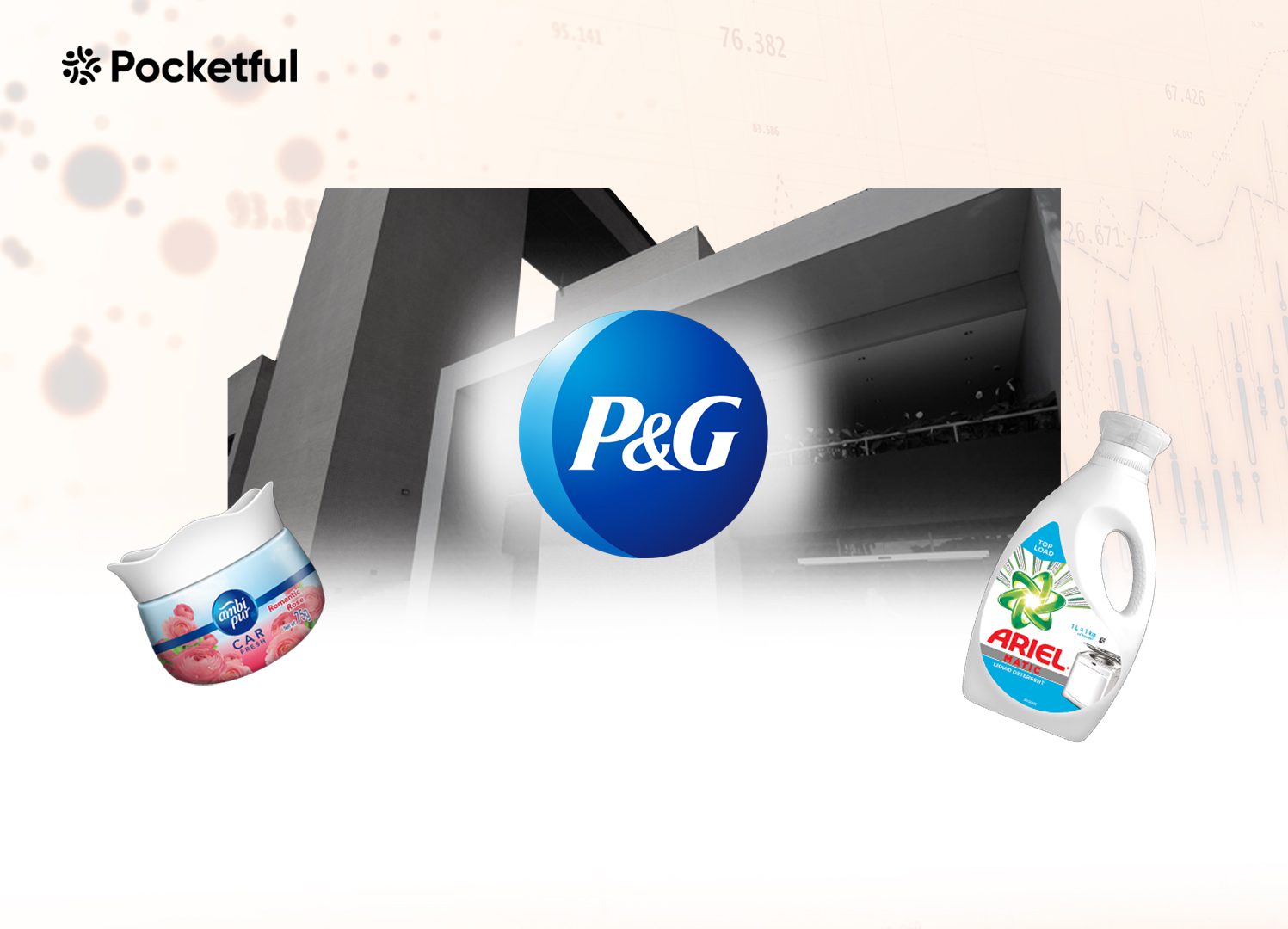| Type | Description | Contributor | Date |
|---|---|---|---|
| Post created | Pocketful Team | Sep-28-24 |

- Blog
- case study on procter gamble marketing strategy
Case Study on Procter & Gamble Marketing Strategy

Procter & Gamble is a global leader in the consumer goods segment, and it has been changing people’s daily routines for over 180 years. From Tide to Pampers and from Gillette to Head & Shoulders, P&G products have been a part of our everyday lives. You must be thinking about what made P&G maintain its market position after all these years.
In this blog, we will study an interesting case study of Procter & Gamble and analyze their ideas, strategies, and efforts in sustainability that drive success.
Procter & Gamble – An Overview
Procter & Gamble was established by Willian Procter and James Gamble in 1837. Quality proved to be their growth formula, and by the late 19th century, P&G had greatly expanded its list of products. In addition, it launched its first branded product, Ivory Soap, in 1879. That soap was a huge success, distinguished primarily by its purity and buoyancy. The Ivory Soap was aggressively advertised, and within a short period, it became a popular product in the USA. By the early 1900s, P&G was one of the first companies to use marketing and advertising strategies, and it sometimes advertised on the radio to promote some of its products. Over the years, P&G expanded operations and became a household name.

P&G’s operations are focused on product innovation and robust marketing strategies with a deep concern for sustainability. The company spends nearly $1.8 billion on R&D annually just to come up with those innovative ideas that can enhance its products.
Read Also: JSW Steel Case Study: Business Model, Product Portfolio, and SWOT Analysis
Marketing Strategy of Procter & Gamble
P&G has an effective marketing strategy that has made its products popular all across the globe. Let’s look at their marketing strategy in detail:
Product
P&G specializes in the manufacturing and distribution of its wide range of products. These products are categorized into various segments, such as beauty, grooming, health care, fabric and home care, baby, feminine, and family care.
Every product is developed in-house by the company through extensive research and development. The company invests around $1.8 billion annually to innovate and enhance its offerings. For example, Tide, a flagship brand of P&G, is also available as Tide Pods and Tide Free & Gentle.
Another area P&G has considered very crucial is consumer insights. The company uses these insights to understand customer preferences and use advanced analytics to refine product development processes. The data-driven approach enables the company to predict market trends and develop products that suit customer preferences.
Pricing
P&G also uses psychological pricing methods, such as pricing products slightly below whole numbers, i.e., keeping the price at $4.99 rather than $5.00, to create an illusion of a lower price. The company uses the tactical pricing approach more than most – it frequently engages in price promotions, which involve price cuts and bundling of products.
Promotion
The company spends enormous amounts on digital marketing, putting nearly $8 billion annually into advertisements and promotions. In 2023, Old Spice and Always were among the mainstream brands that used digital media, such as Instagram and TikTok, for younger consumers.
The company also focuses on cause-related marketing and makes social causes central to its brand’s image. For example, the Always “Like a Girl” campaign was focused on empowering young girls, restoring their confidence, and connecting with consumers for increased brand loyalty.
Another marketing tactic used by P&G is experiential marketing, which involves the creation of an immersive brand experience at events and festivals. Since it involves interaction with the customer base, such initiatives enable the company to develop better products.
Advertising
The company focuses on storytelling and emotional connections as its advertising campaigns are based on real-life experiences of how its products transform life. For example, the “Thank You, Mom” campaign launched during the 2012 Olympics celebrated what mothers did for athletes, which generated a lot of buzz on social media.
Transparency and accountability in advertisements have resulted in improved consumer trust. P&G, over time, has highlighted various social issues around the world through its advertisements and promoted diversity and inclusion in society.
Read Also: Adidas Case Study: Business Model and Pricing Strategies
Conclusion
P&G continues to thrive in the competitive consumer goods landscape by focusing on innovative products, competitive pricing, effective promotion, and impactful advertising. Extensive analysis of consumer preferences and market trends and smart use of marketing techniques help P&G meet the needs of its customers and establish itself as a market leader for years to come.
Frequently Asked Questions (FAQs)
When was Procter & Gamble established?
Procter & Gamble was established in 1837 as a small soap and candle company by William Procter and James Gamble in Cincinnati, Ohio.
What is the pricing strategy of P&G?
P&G adopts a mix of premium, competitive, value-based, and psychological pricing strategies depending on the quality of the products offered and the customer base served. For example, P&G uses a psychological pricing strategy to create a perception of a better deal by pricing its products just below a whole number.
How does P&G innovate its products?
P&G invests heavily in research and development and uses consumer insights to create new products and improve the existing product range.
Where are the headquarters of P&G?
The headquarters of P&G is located in Cincinnati, Ohio.
What are the core product categories of P&G?
The main product categories of P&G include beauty, grooming, healthcare, fabric, home care, etc.
Disclaimer
The securities, funds, and strategies discussed in this blog are provided for informational purposes only. They do not represent endorsements or recommendations. Investors should conduct their own research and seek professional advice before making any investment decisions.